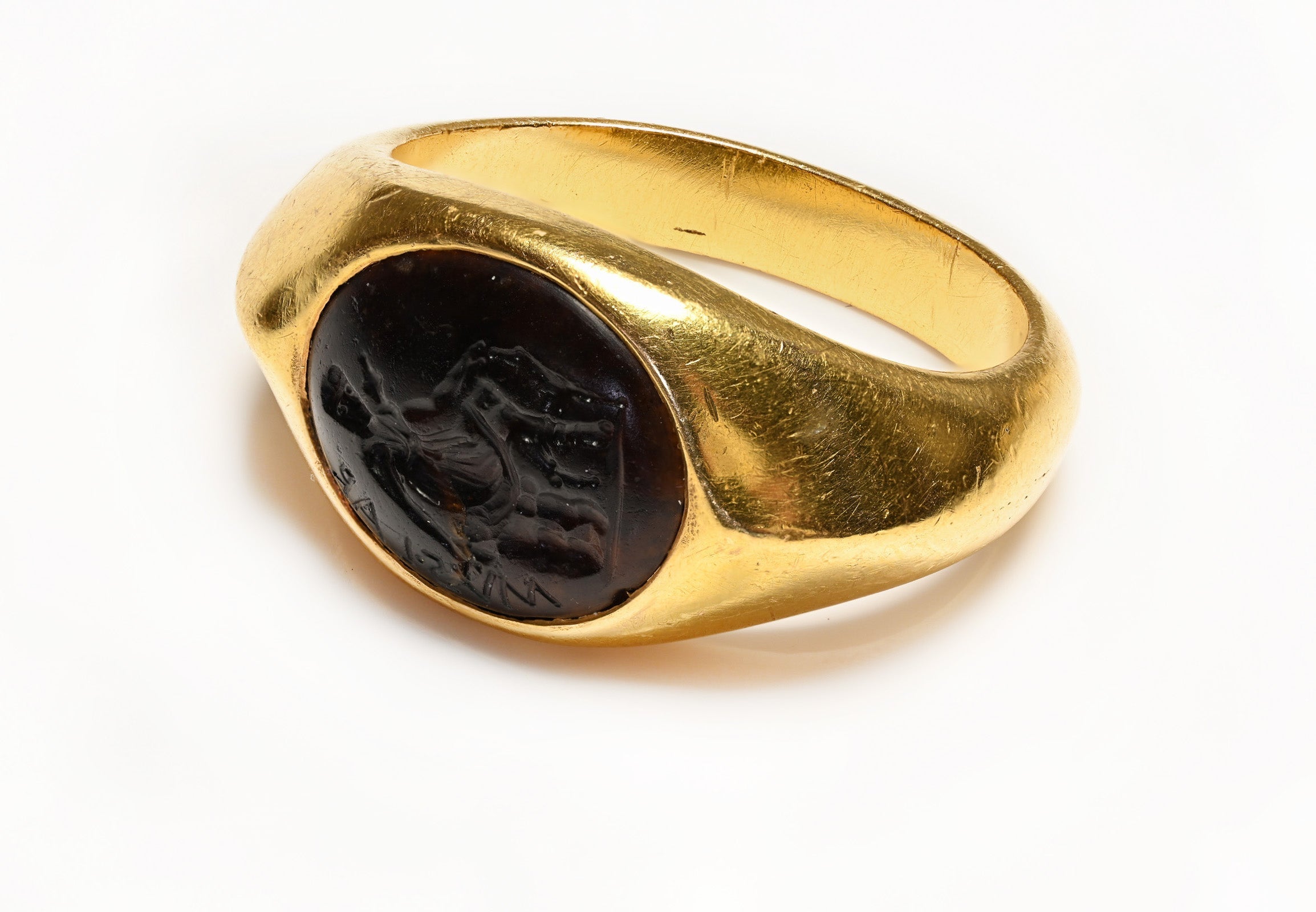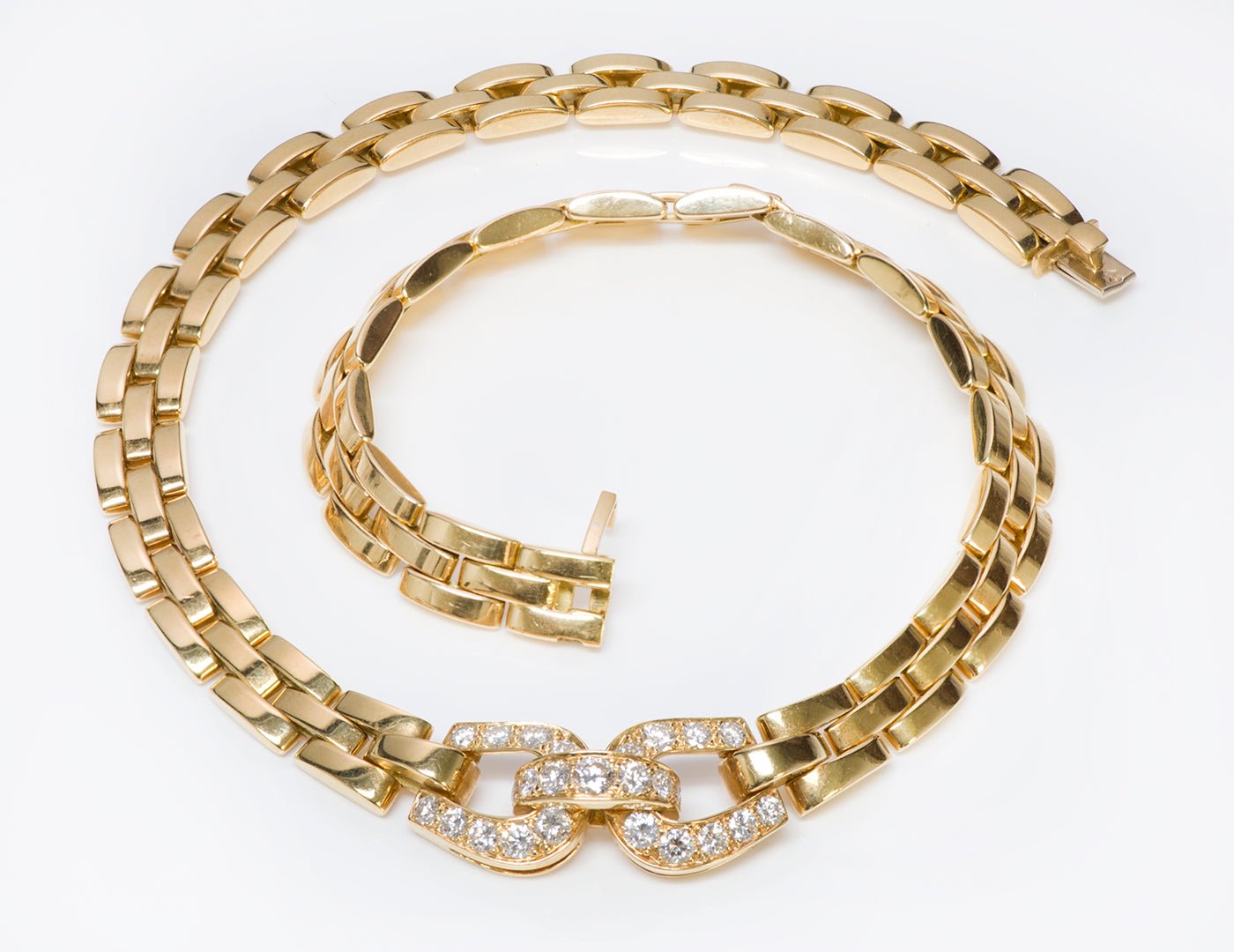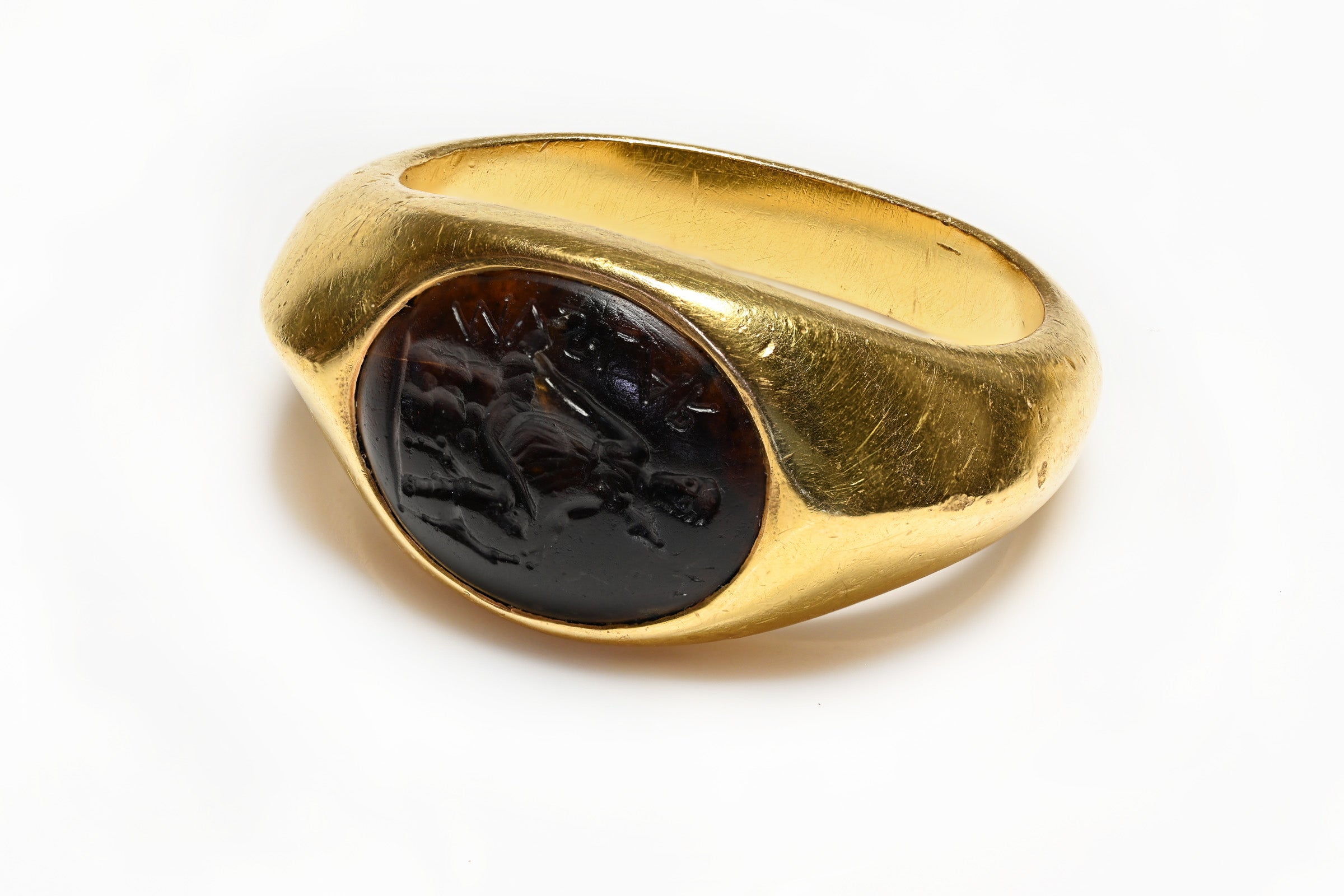
Ancient Roman Jewelry: A Brief Journey Through History
Ancient Rome is renowned for its sophisticated jewelry designs, incorporating a rich array of materials from vibrant gemstones to intricate glass beads.
The evolution of Roman jewelry was significantly influenced by various civilizations, along with a wide range of natural materials available across the Mediterranean lands they conquered.
Ancient Roman Jewelry
Roman jewelry is distinguished by its use of colorful gemstones and glass, contrasting with their Greek counterparts who primarily focused on high-quality metalwork by skilled artisans.
Rome's extensive control over the Mediterranean provided access to an abundance of natural resources for jewelry production. Trade routes, including the Persian Silk Road, facilitated the import of both semi-precious and precious stones from the East.
Jewelry in Rome was worn by both genders and all social classes, serving not only aesthetic purposes but also conveying social status and wealth.
Roman jewelry was heavily influenced by Greek, Egyptian, and Etruscan styles and materials throughout its history.
Ancient Roman Jewelry for Men
Unlike today, Romans exhibited minimal gender discrimination in jewelry. While only the wealthy might accumulate grand artworks like sculptures or silverware, it was common for men to wear multiple rings—often more than five on each hand.
Men also favored bracelets and collars with pendants. Torcs and bracelets were used as symbols of status and achievement.
A notable example is the Roman dictator Titus Manlius, who famously challenged a Gaul to single combat in 361 BC, defeated him, and wore his torc, earning the epithet "Titus Manlius Imperiosus Torquatus" (He Who Wears a Torc).
Torcs were awarded to heroes and elite forces for exceptional deeds in battle and conquests.
Ancient Roman Jewelry for Women
In contrast, Roman women indulged in extensive collections of jewelry, including rings, bracelets, earrings, and necklaces, often wearing multiple pieces simultaneously.
Practical accessories, like brooches or pins for securing garments, were elaborately adorned with gemstones and crafted from precious metals.
Earrings, especially those shaped like boats and made from precious metals, were particularly popular among Roman women.
Ancient Roman Jewelry for Children
Jewelry for Roman children often served protective functions, particularly in the form of amulets.
Amulets, worn around the neck, were believed to safeguard children from illness and misfortune. For instance, a phallic fascinus was commonly placed on or near young boys to ward off evil forces.
Privileged boys wore gold amulets known as bullae until reaching maturity. Originally produced in Greece, bullae became popular in Rome between the 3rd and 4th centuries BC.
Materials Used in Ancient Roman Jewelry
Bronze and other less costly metals were commonly worn by the lower socioeconomic strata, while gold and silver were preferred by the wealthy.
Roman jewelers predominantly used mass-production techniques, including molds and casting, to make jewelry accessible to a broader audience, as opposed to the more intricate, handcrafted methods of Greek jewelers.
The Roman preference for colorful glass and a variety of gemstones reflected their aesthetic principles. Semi-precious stones like garnets, emeralds, jasper, and lapis were imported from Egypt, while onyx, amber, and moonstone came from the Persian Gulf.
Roman glassmakers were so skilled that they could mimic gemstones convincingly. Amethyst, emerald, and pearls were favored by Roman women when using real stones.
Pearls, being both costly and rare, were used in Roman jewelry until the end of the Republic. Earrings called crotalia, or rattles, featured large clusters of pearl beads.
Roman Jewelry and Status
The emphasis on ostentation and imitation of luxurious materials indicates that Romans were highly aware of their public image. Both Roman men and women used jewelry to display their wealth, power, influence, and education.
Over time, the focus shifted: Republic noblewomen's jewelry reflected family prestige, while Imperial noblewomen’s adornments highlighted individual achievements and status.
Plebeians typically wore iron rings unless awarded a gold one, while elites, such as senators and administrators, donned gold rings with large, ostentatious gemstones to showcase their status.
Higher social classes used various jewelry pieces—bracelets, rings, earrings, and necklaces made of solid gold, each with unique designs.
Some bracelets, like solid gold snake bracelets, were worn without clasps, while others were secured with small gold screws or pins.
Types of Roman Jewelry
Rings: Romans used large, striking rings to display their social standing. Senators and officials wore gold rings with prominent gemstones to signify their rank. Commoners were generally restricted to iron rings, although gold rings were sometimes awarded for bravery in battle.
Bracelets: Typically made of pearls and gold, bracelets were worn on both wrists. These ornaments, which often featured coiling snakes secured with pins, symbolized eternal life.
Earrings: Among the earliest jewelry designs, Roman women wore earrings not just for decoration but as a symbol of social status. Amethyst, symbolizing magic, was a common material used in earrings.
Necklaces: Both men and women wore necklaces, with pendants becoming increasingly popular. Emperors started the custom of awarding pendants to victors, leading to the widespread preference for pendants featuring the emperor’s image or set with gemstones.
The Spiritual Dimension
Roman jewelry collections symbolized immense power and wealth. However, these pieces also had spiritual significance.
Gold, silver, and bronze jewelry hoards found in Greek and Roman temples suggest that worshippers offered jewelry as sacrifices to gods and goddesses, similar to other sacrificial items.
Gold wreaths or diadems, influenced by Greek cities like Tarentum and Syracuse, were used in Roman burial customs for both men and women. These wreaths were crafted with flowers and elaborate golden foliage.
Similarities with Other Cultures
Roman jewelry exhibits remarkable similarities with Greek, Etruscan, and Egyptian designs. Initially, Roman jewelry was more traditional compared to other Mediterranean cultures. However, as Rome expanded its territories, it adopted and adapted luxurious and opulent styles from these cultures.
The transition from Roman to Byzantine art reflects this cultural continuity. Byzantine jewelry, while categorized as part of the Middle Ages, shares many traits with its Roman predecessors.
Ancient Roman jewelry is highly sought after by collectors for its historical significance and timeless appeal.
Visit our online store to explore a curated selection of Ancient Roman jewelry that captures both history and elegance.





















